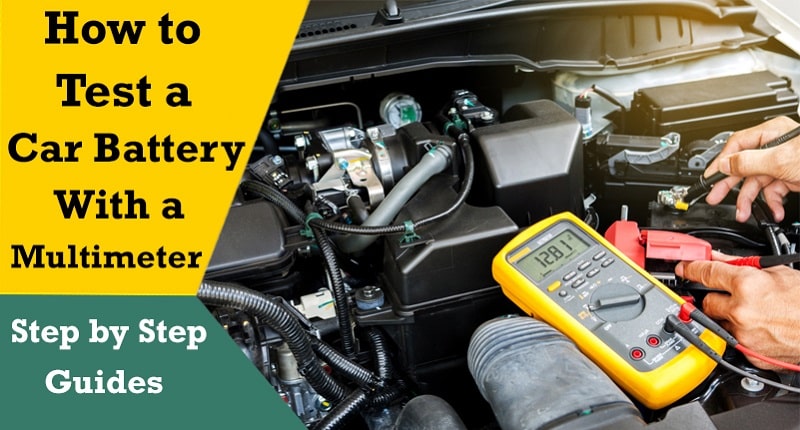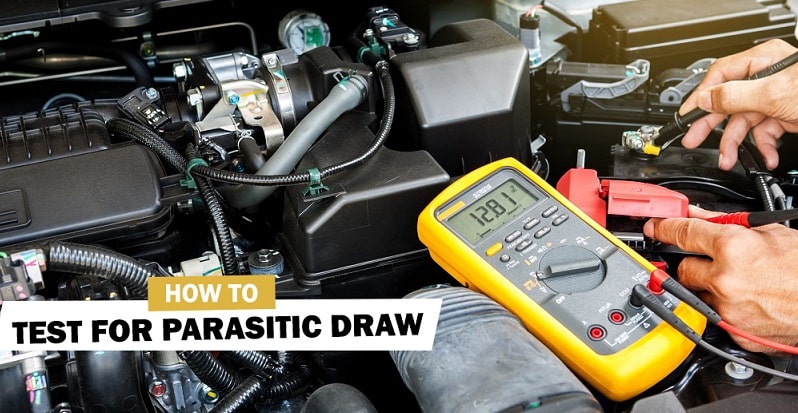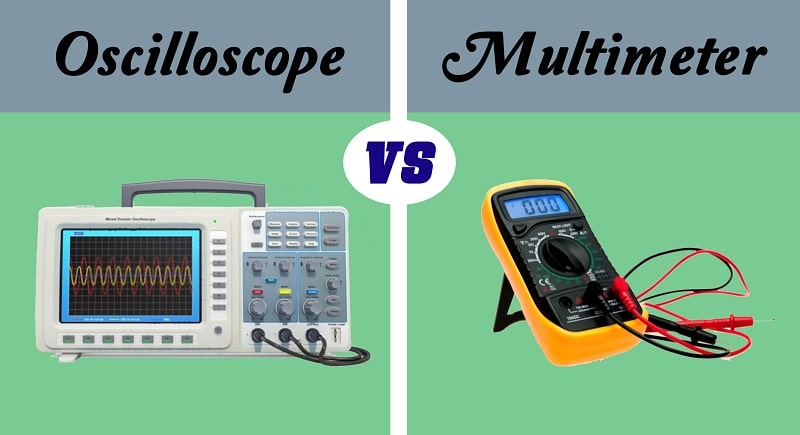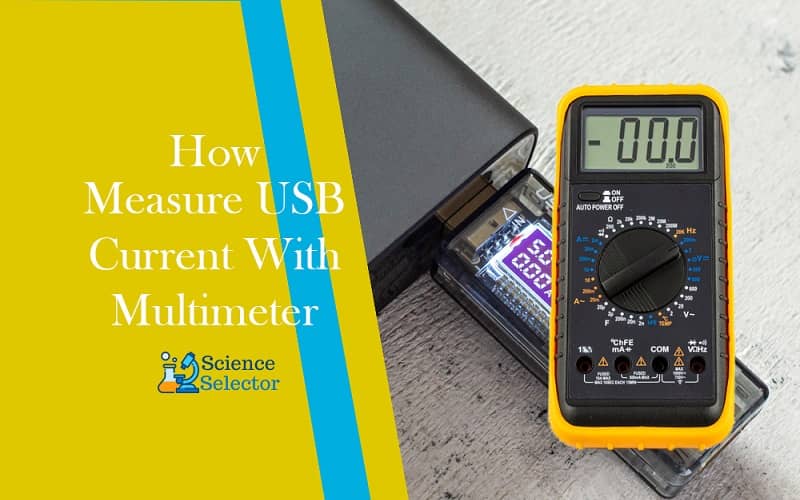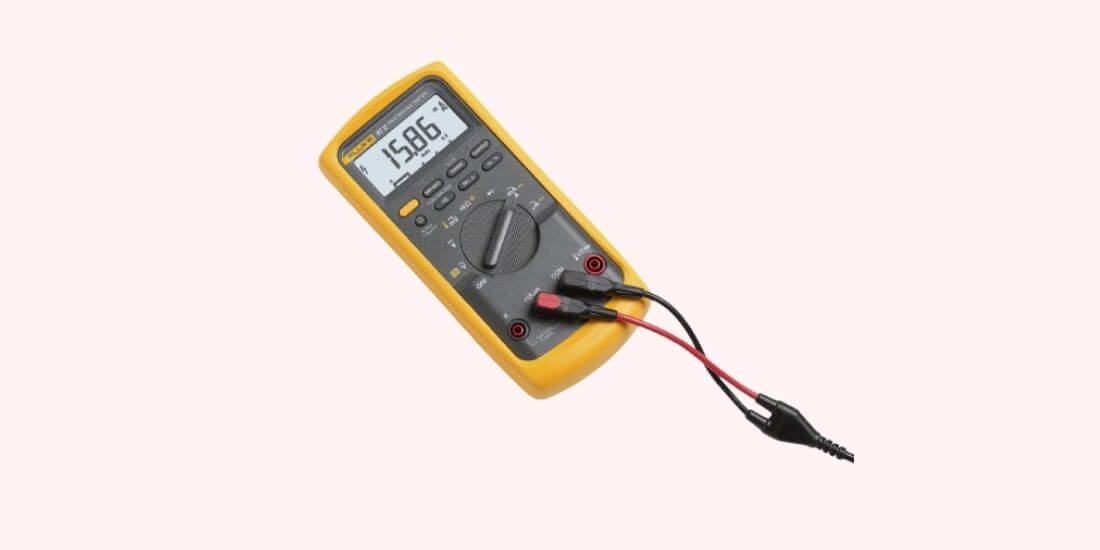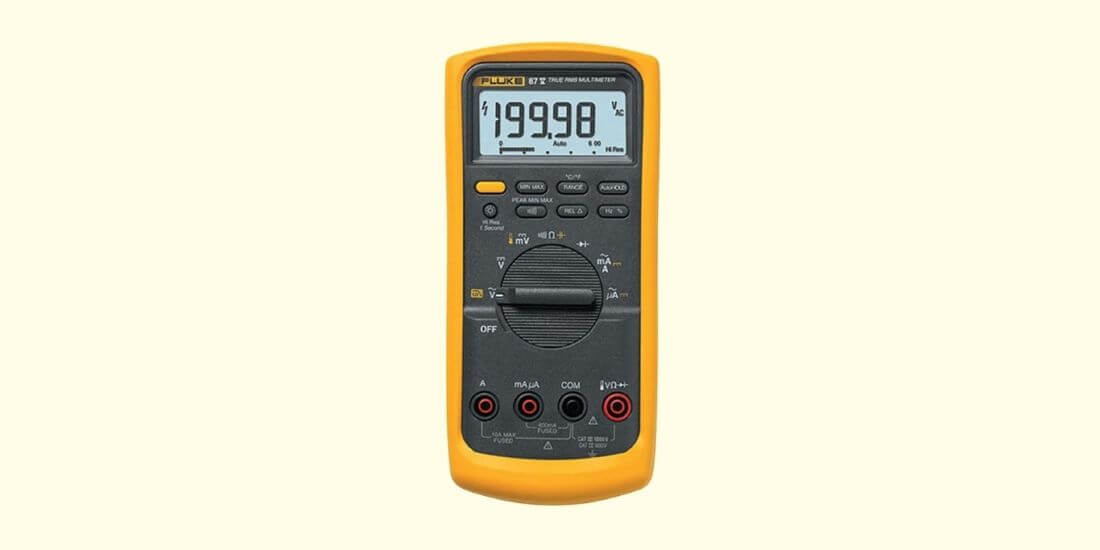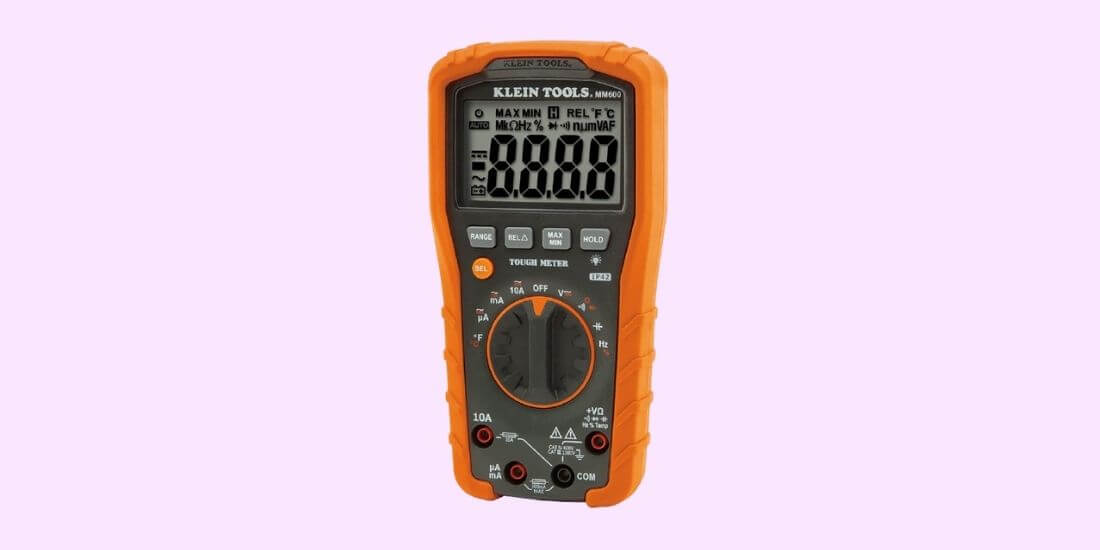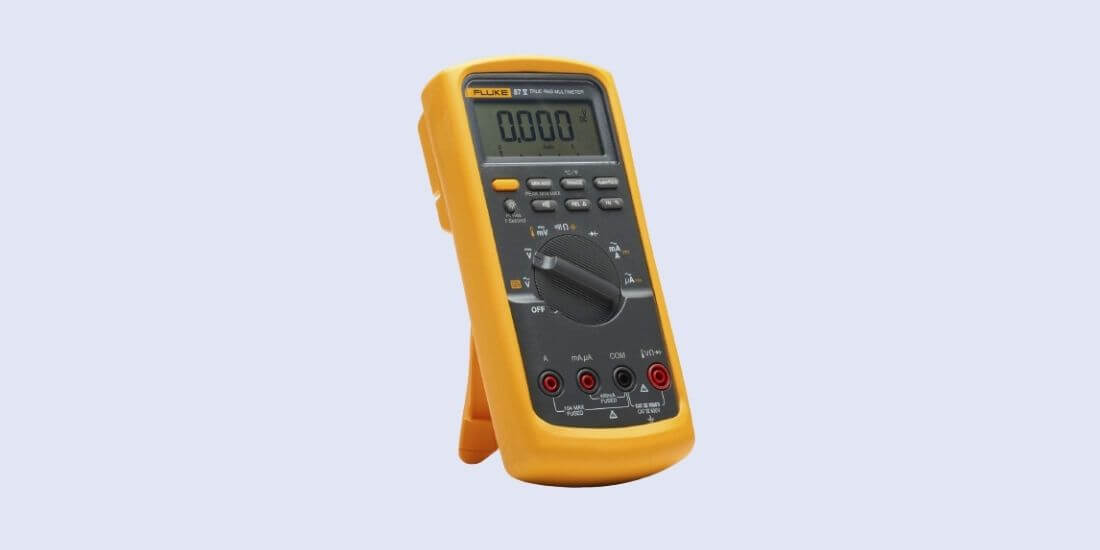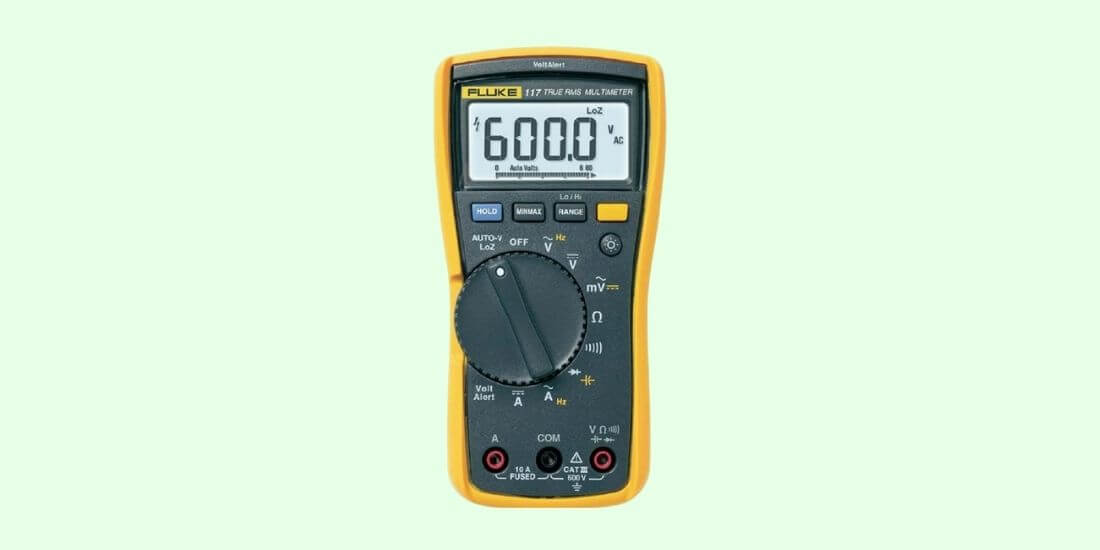How do you feel when you wake up earlier in the morning and realize that your car isn’t starting because of the battery? I know it is not a good experience, too many people will prefer to visit an electrician for a checkup. In this article, we’ll discuss how to test a car battery with a multimeter.
However, testing the car battery with your multimeter is one of the easiest things you can do to note where the problem is located. The multimeter is a recommended tool to measure electrical quantities like resistance, current, and voltage. The ideal battery should have a voltage of about 12.5 volts.
How to Test a Car Battery With a Multimeter
What is a Multimeter?
A multimeter is a testing tool used to measure frequency, inductance, resistance, temperature, current, etc. The device is available for both analog and digital versions. The multimeter can use with other accessories to obtain the wind speed, acidity, alkalinity of the battery, and others.
Preparation for Car Battery Testing
Before testing the battery, ensure you have worn gloves to avoid messing with your hands. Ensure that you are not wearing any metals like chains or rings on your hands because they might make you injure.
You also need to ensure that your hands are dry completely. This is because water may not only react with the battery chemical, but it will also make them rust faster if they come into contact. Avoid testing the battery when it is too hot; instead, allow it to cool.
Setting Up the Multimeter
The operation of the multimeter is reasonably straightforward, although it looks complex. It features a DC Voltage indicated by a dashed and solid V alphabet. At first, you need to set it at the dial to 20. This is ideal for accurate measurement of 20 volts below.
You need to connect the positive terminal with the red probe and a black probe with the negative terminal. If you get a negative reading, you haven’t connected well, and therefore, you need to read well and know the negative and positive terminal.
Steps by Step Guide
Step-1: Locate the Battery
You need to locate your car battery first of all. The battery is kept in the engine bay at the side of the engine; therefore, you need to open and get access to it. Remove its cover, and some cars have a plastic wrap on the battery for protection. Pull it a little to come out or unscrew if they fit with screws. Identify the positive and negative terminal.
Step-2: Attaching the Multimeter Probes
Once you have accessed the terminal and known them, connecting them is the right time. Attach the positive terminal with the red probe and the negative terminal with the black probe. If you do it wrong, it will show -12.6 instead of 12.6. in this case, you need to inter-swap the terminals.
Step-3: Check the Volts
There will be a reading display once you attach the probe well. To know if the battery is charging or not, see
- If its 12.6 volts, it means the battery is fully charged
- If it is below 12.6 or 12.2 voltage, it means it is half charged
- The voltage is below 12.2 voltage, it means it is discharged
How to Know That your Battery is Bad
Various warnings and signs show that your battery has some problem or is bad. Some characters might not notice easily, but they indicate that the battery is bad. Some of those indications include
Poor Engine Crank
Whenever you turn on the ignition, the car battery makes the battery start the engine. When the battery is weak, loses its charge, or drained, it will have a slow or lazy engine crank. This is opposite to the healthy battery that turns the engine on once you start it.
Light Warning on the Dashboard
Modern cars are designing to show a battery status icon on the dashboard, and it will keep on reminding you in case the battery becomes weak. This helps to keep in check the status of your battery all the time. However, it is not that when your battery lights on, it means that the battery is good. There might be a problem that isn’t displaying, and therefore you need to check it.
Expanded Battery Case
The car battery works best through a chemical reaction within the box. The outside forces like cold or heat and even lack of charge can make the walls of the battery expanding. This is happening just like it happens to tv remotes when used for an extended period. The main reason for this is because the battery discharges because of the hot or cold condition.
Old Battery
The car battery has a lifespan that is supposing to work perfectly, especially between 5 to 6 years. When it lives its age, the battery will get a strange reeking smell, and at that point, it means it needs to replace.
Other Possible Problems with your Car Battery
The car battery might fail to work or have a lower performance due to several reasons; some of those reasons include,
Damaged Battery Cables and Case
If the case of your battery damage, it might affect the performance. You need to check it regularly and have it replaced. Check if the cables are worn insulation, cracks, or other problems. If you do this and realize that the situation isn’t charging, you must check the other possible issues.
Dirty or Corroded Terminals
Corrosion or dirty at the battery terminal connectors is another common problem with the car battery. You need to get the corrosion brush with either sandpaper or use a brush. A mixture of warm water and baking soda can also be the best solution in cleaning the terminal connectors.
Battery Charge If It is Low
If you realize that your battery is low in terms of the readings on the multimeter, you need to disconnect it and charge it. Unscrew and disconnect the cables well. Recharge the battery, and if you realize that the readings aren’t going higher than 12.6 yet you have charged, you need to replace the battery.
Testing the Battery Without a Multimeter
Do you know that you can check your car battery without using a multimeter? Yes, you can. Multiples are cheap, but if you do not have one when you want to check the battery condition, use the following ways.
Use the Auto Parts Stores
Auto parts like advanced auto parts, AutoZone, and other auto part stores provide free battery charging and testing. If you can make it to the shop, you can visit them and check the condition of your battery without using your multimeter.
Use of the Headlight Test
This is one of the battery check methods that isn’t scientifically proven, but it can be an easy method to check the health of your battery. With this method
- Turn the headlights on for about 5 to 10 minutes without starting the car.
- After ten minutes, turn on the car.
- When you realize that your lights are turning to be dim when you turn on your battery, it means that your battery is not in good condition and, therefore, needs to be charged.
The Use of the Load Tester
This is one of the alternative methods that you can use to test the condition of your car battery. With this device, follow the following procedure,
- Locate your car battery and remove any terminal caps from your battery
- Remove the cables of your battery
- Make the terminals clean if necessary
- Connect the positive load tester to the positive terminal, which is usually red.
- Connect the negative terminal to the negative load tester too
- Turn on the load tester switch and let it for about 10 seconds
- If you realize that your tester reads 9.5 volts or below, it means that your battery is not in good condition and it needs to be replaced.
What are the Ideal Volts for a Battery Car?
The voltmeter needs to measure between 13.6 and 14.7 volts when the engine runs. If the motor is rested, the volts should be around 12.6 volts. The car battery, in this case, is made to work for a period of 4 to 6 years ideally. In most cases, the battery comes with a warranty of 4 years.
Major Problems with your Car Battery
The car battery might fail to work or have a lower performance due to several reasons; some of those reasons include,
Damaged Battery Cables and Case
If the case of your battery is damaged, it might affect the performance. You need to check it regularly and have it replaced. Check if the cables are worn insulation, cracks, or other problems. If you do this and realize that the situation isn’t charging, you need to check the other possible problems.
Dirty or Corroded Terminals
Corrosion or dirtiness at the battery terminal connectors is another common problem with a car battery. You need to get the corrosion brushed with either sandpaper or a brush. A mixture of warm water and baking soda can also be the best solution in cleaning the terminal connectors.
FAQ
Will a Bad Battery Always Jump Start?
If there is no problem with the battery, it should start. However, many issues will arise when the battery is not working, like corrosion that might affect the battery and make it short. If your battery is bad, you won’t jump-start. However, it is low, and it can work.
Does a Bad Alternator Destroy a New Battery?
From the available evidence, a bad alternator has a higher possibility of overcharging the battery and damaging it. The overcharge will make it swell or make the outside battery expand.
How Can You Clean the Battery Terminals?
Cleaning the battery terminal is very easy because you only need baking soda and a wire brush. You can use simple steps available in cleaning the terminals.
Final thought
Keeping your car battery in a good and safe condition is vital. When the battery is well maintained, it will be able to start your car 99% of the time. However, batteries do fail due to the tough operating conditions and wear over the years. For this reason, you should know how to test a car battery with a multimeter.
As we have seen, the device is easy to use if you follow the steps we have highlighted. The process is straightforward and it takes a few seconds. You can also use alternative methods such as visiting your local auto parts sore if you do not have the multimeter.

